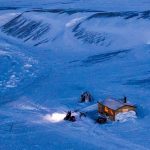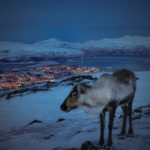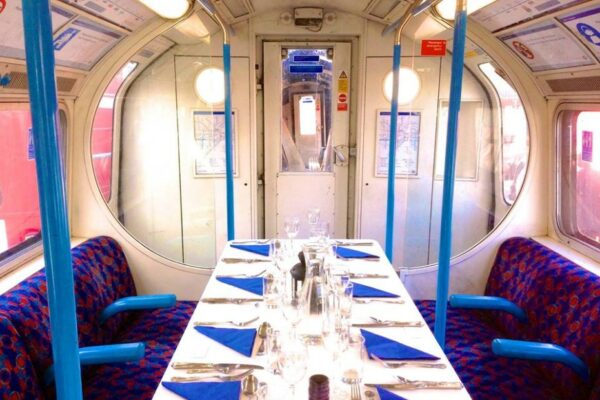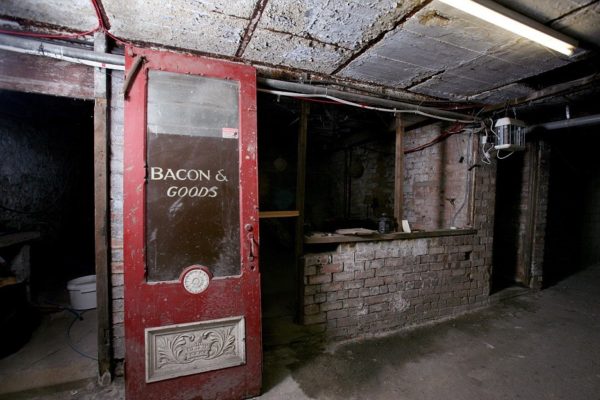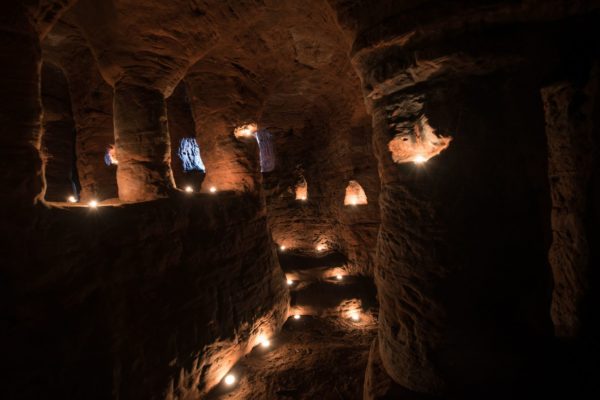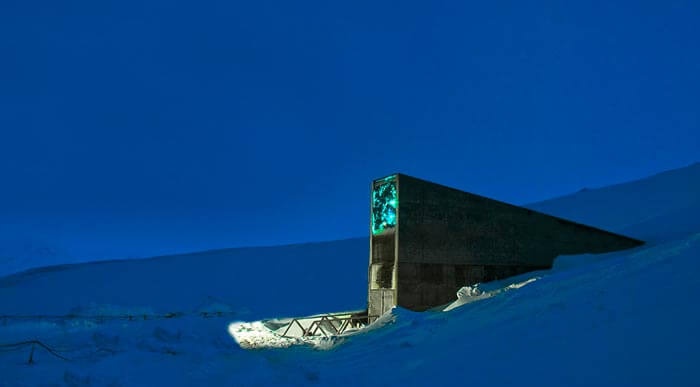
In the event of Armageddon, I think I know where I’ll be headed now. Buried 390 feet deep inside a sandstone mountain on an island between Norway and the North Pole, the Svalbard Global Seed Vault, also known as the doomsday vault, is home to the millions of seeds that could save a post-apocalyptic world. These are the “spare” copies; the back-ups to the back-ups of crop seeds held in the world’s gene banks, sent in by rival nations across the globe. Even North Korea participated and keeps a deposit box there. It is designed to survive the depredations of man, natural disaster, and time. Oh, and the vault also has more than 20,000 marijuana seeds, ensuring weed will indeed survive the apocalypse.
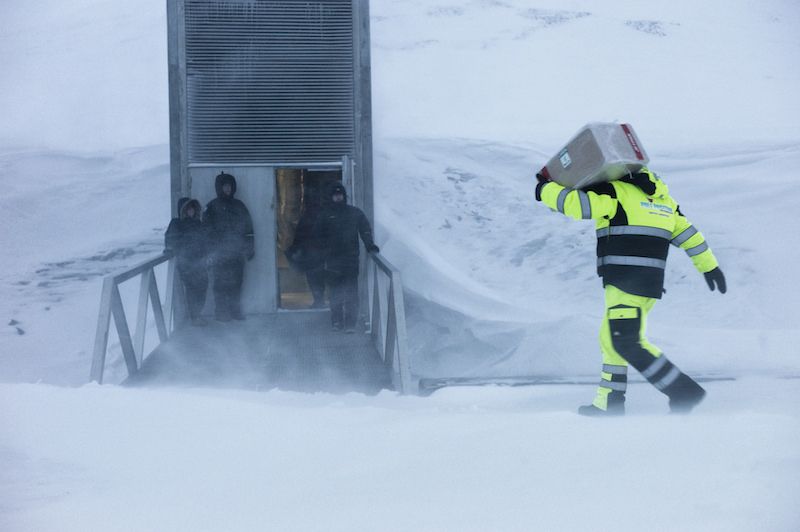
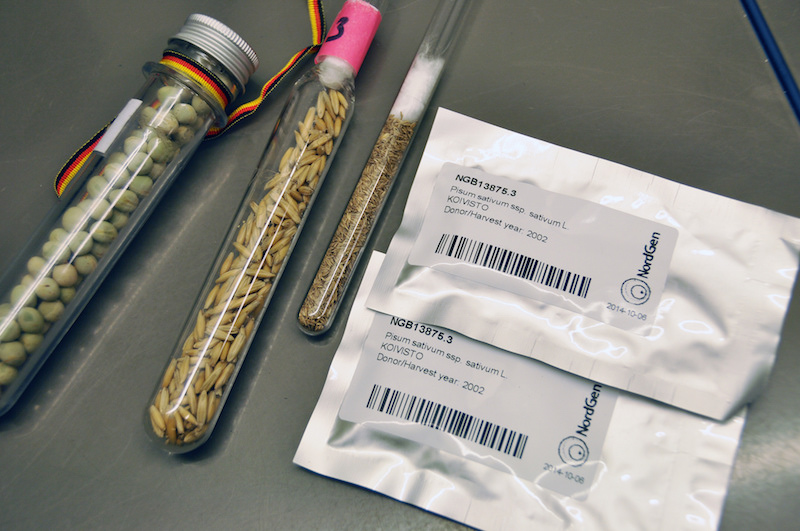
The world’s largest library of crop genetic diversity is kept securely sealed most of the year, only a few people have access to the vault and there are no permanent employees on site.
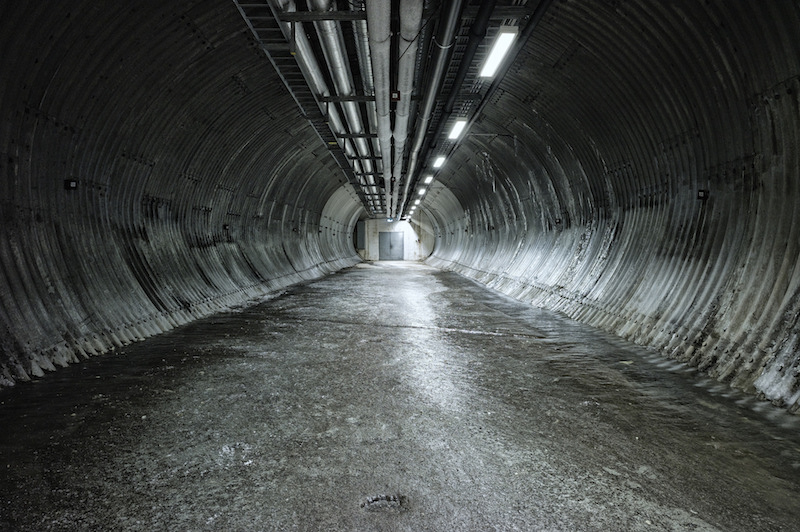
The government of Norway owns the facility, having undertaken most of the construction and operational costs (although investors include the Bill Gates and Rockefeller foundations), but all countries are welcome to store their seeds in the vault for free. It works pretty much in the same way as keeping a safety deposit box in a bank.
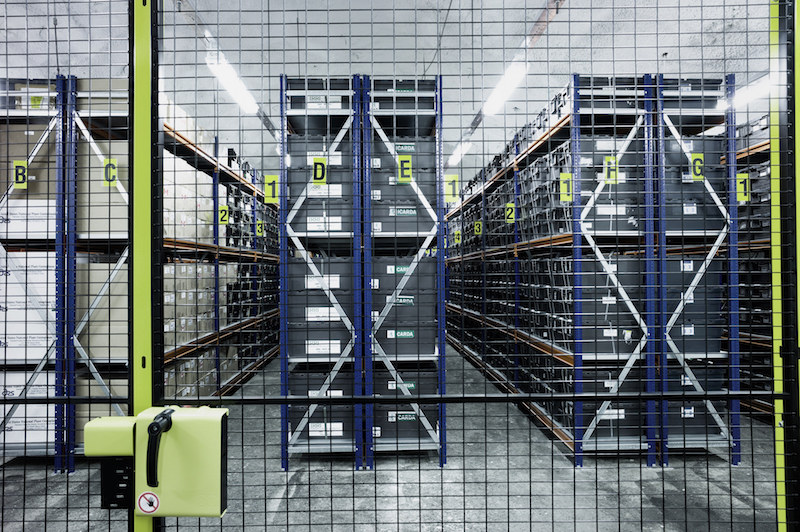
For example, North Korea still owns the contents of their deposit even though Norway owns the facility that houses and protects the hermit’s kingdom’s spare seed supply. No one has access to anyone else’s seeds from the seed vault.
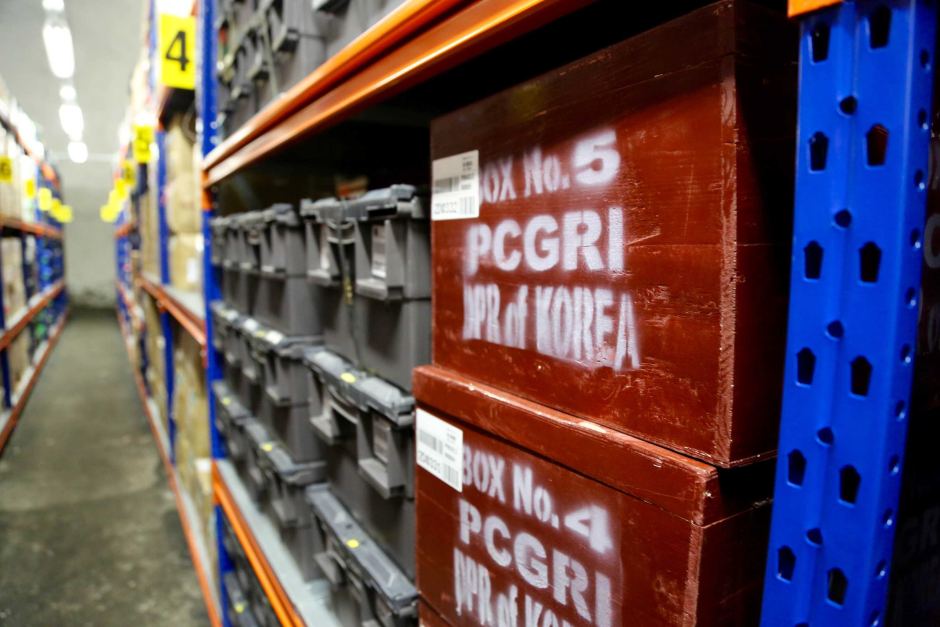
(c) ABC news
It’s all managed under terms spelled out in an agreement between the Norwegian government, the Global Crop Diversity Trust and the Nordic Genetic Resource Center (NordGen). If a country wants to make a withdrawal of their deposit, it must be in accordance with the terms and conditions of an international treaty that was approved by 118 countries or parties.
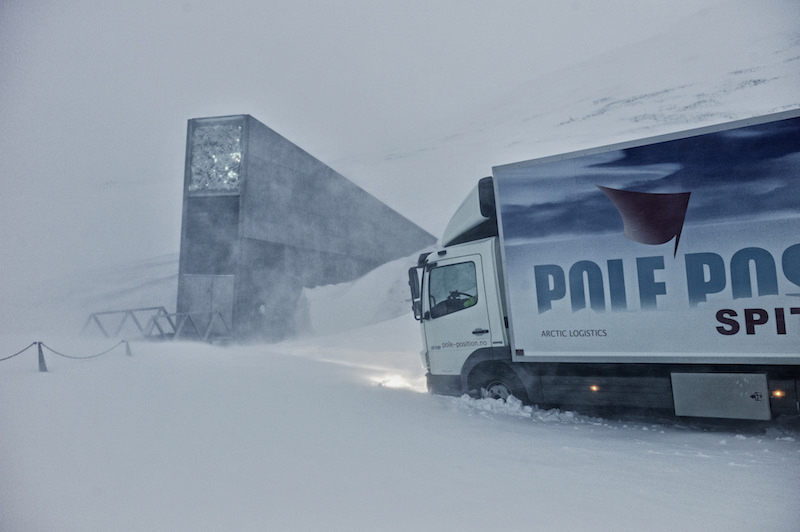
Last year, the Syrian war actually prompted the first-ever withdrawal from the ‘doomsday vault’. While it’s not exactly the “end of days” scenario the system was originally built for, if a country can’t access their own seed bank in the event of drought or famine, the overall mission of the vault is to act as a safety net. When Middle Eastern agricultural scientists were unable to access their facility in Aleppo, Syria, as a result of the ongoing conflict, in 2015 the Svalbard Vault authorised the first withdrawal of seeds in its history; a total of 130 of the 325 boxes they had deposited before the war, including wheat, barley, and grasses.
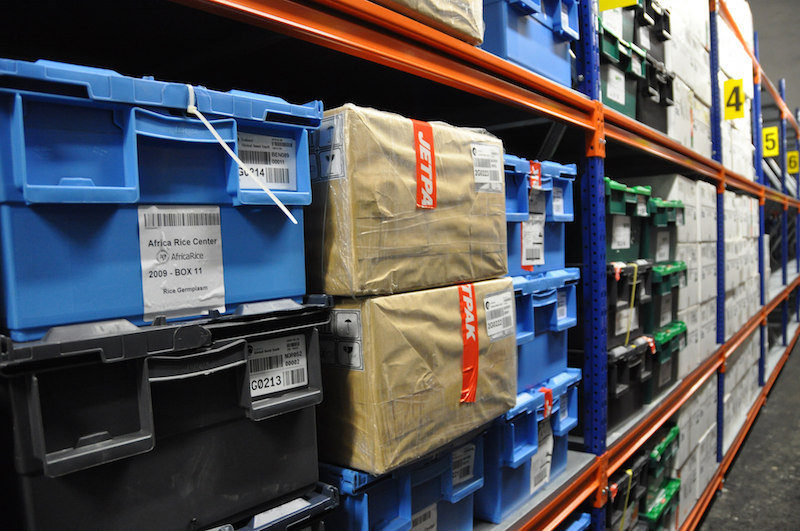
It’s now been 8 years since the first seeds arrived in January 2008 and there are now over 1.5 million distinct sample seeds carefully safe-guarded within the arctic mountainside. The creation of the Svalbard Vault was actually spearheaded by an American conservationist Cary Fowler, formerly the executive director of the Global Crop Diversity Trust, now Senior Advisor to the trust that still splits the operational costs of the facility with Norway. He is a high-profile advocate for protecting the genetic diversity of the world’s crops in the face of climate change and claims outright that his vault has put an end to crop extinction.
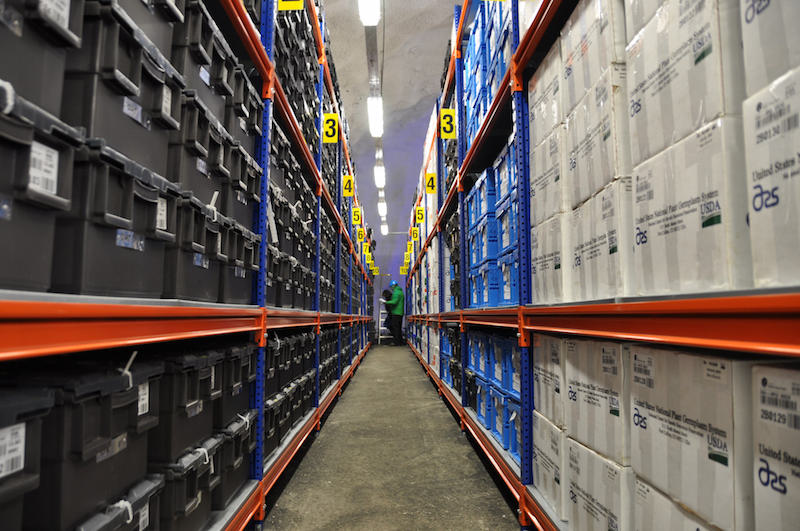
No genetically modified seeds are allowed to be stored at the agricultural Noah’s Ark he helped create. Marijuana however, is very welcome. On the Nordgen website, the resource centre that manages the facility, you can keep track of what exactly is being stored in the global vault. According to the database, there are currently more than 20,000 seeds of two different marijuana species. They also store almost 600 types of barley used to make beer.
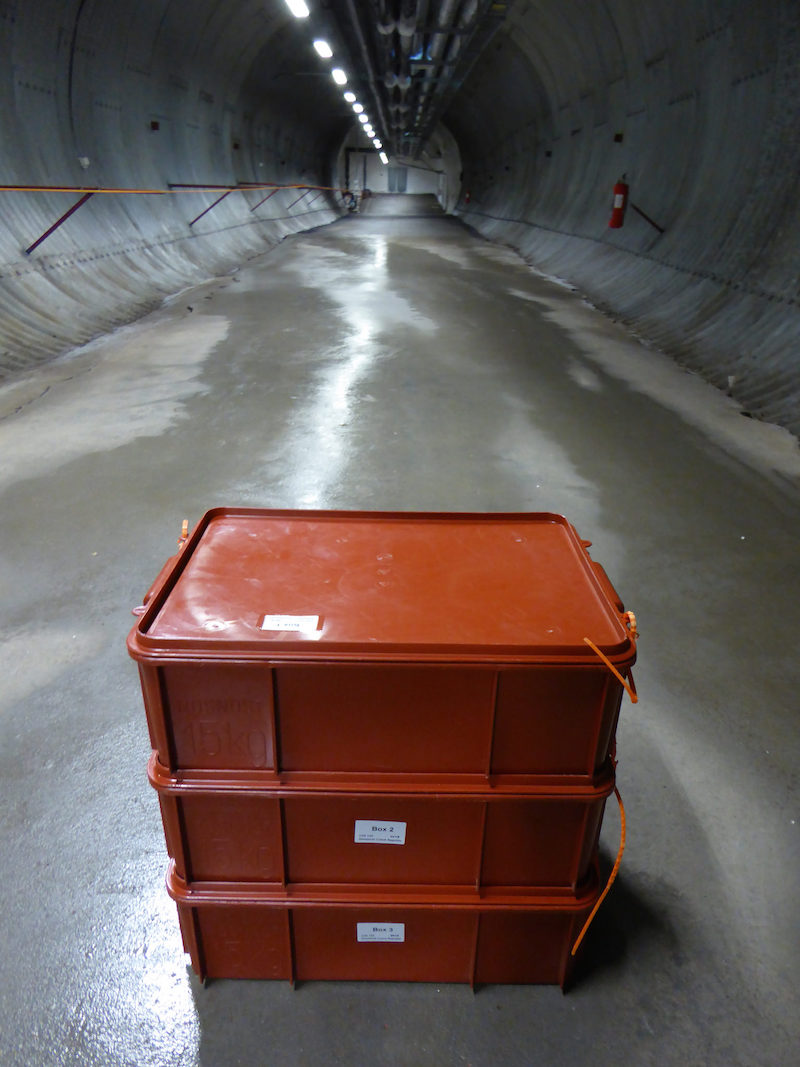
Svalbard Vault cost over $9 million dollars, and by Norwegian law, any government-funded construction projects exceeding a certain cost must include artwork, so at the entryway of the facility buried 390 feet deep in the arctic, is a surreal illuminated artwork named by a Norwegian artist that marks the location of the vault from a distance.
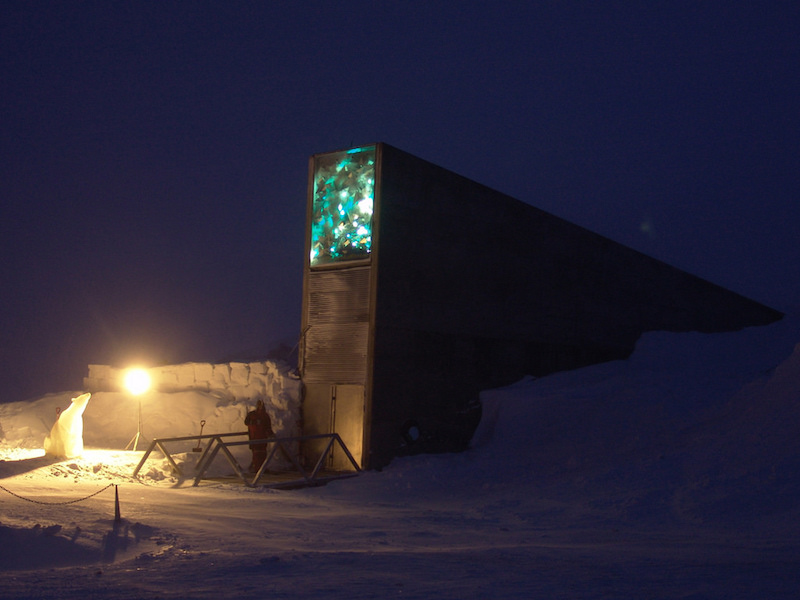
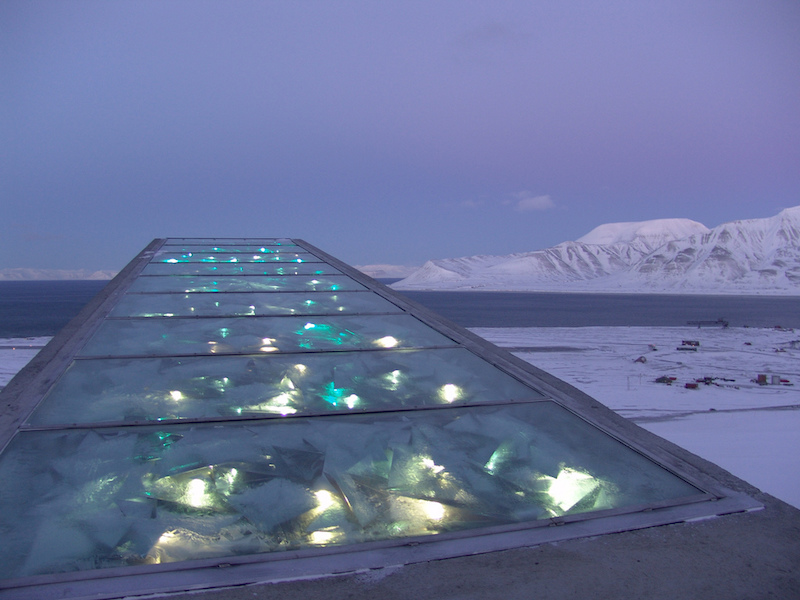
Once you’re inside, the storage rooms are kept at −18 °C (−0.4 °F) and together with a limited access to oxygen, the atmosphere helps delay seed ageing. Even without power, the vault would be able to remain locked and frozen for 200 years.
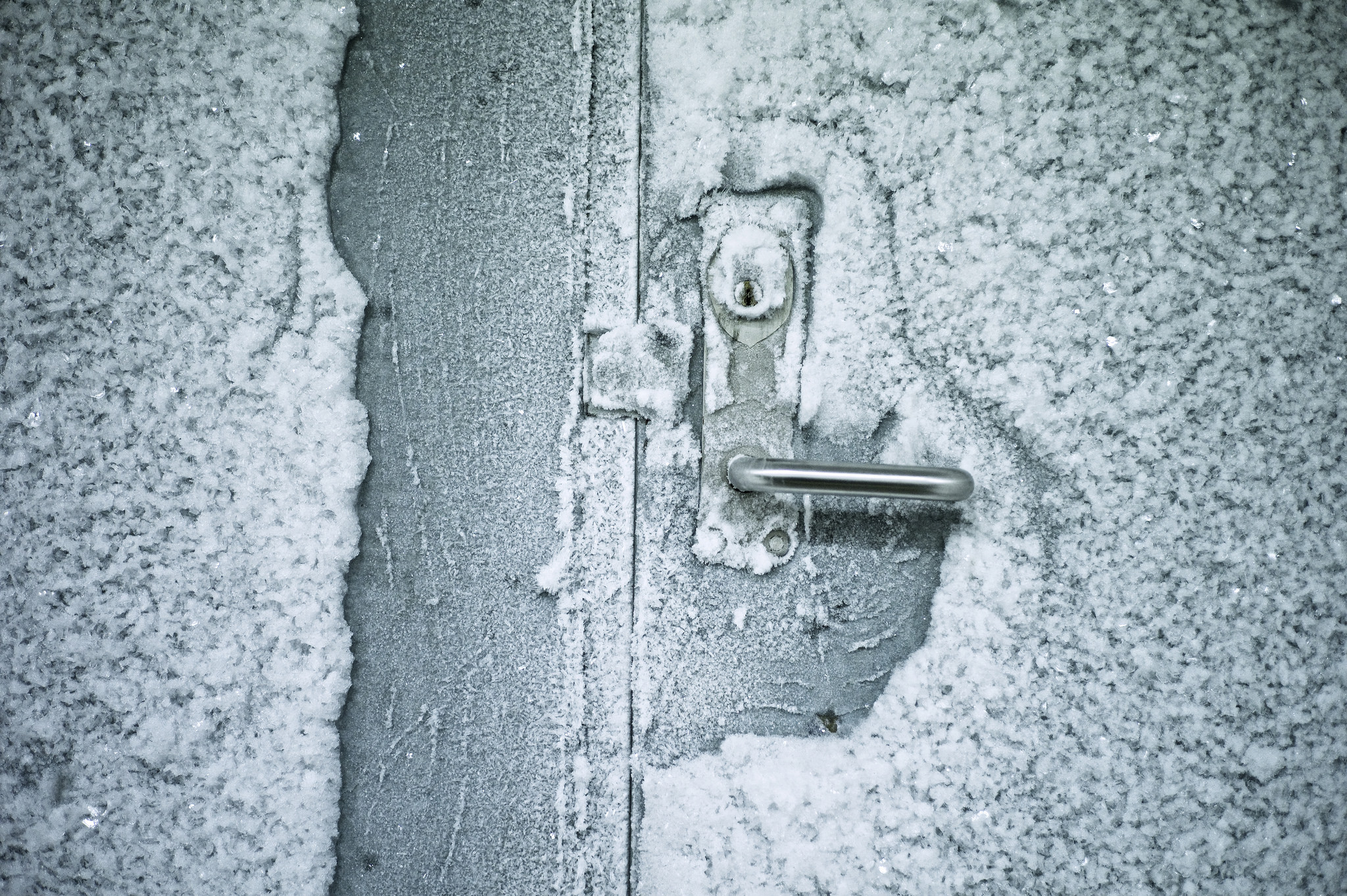
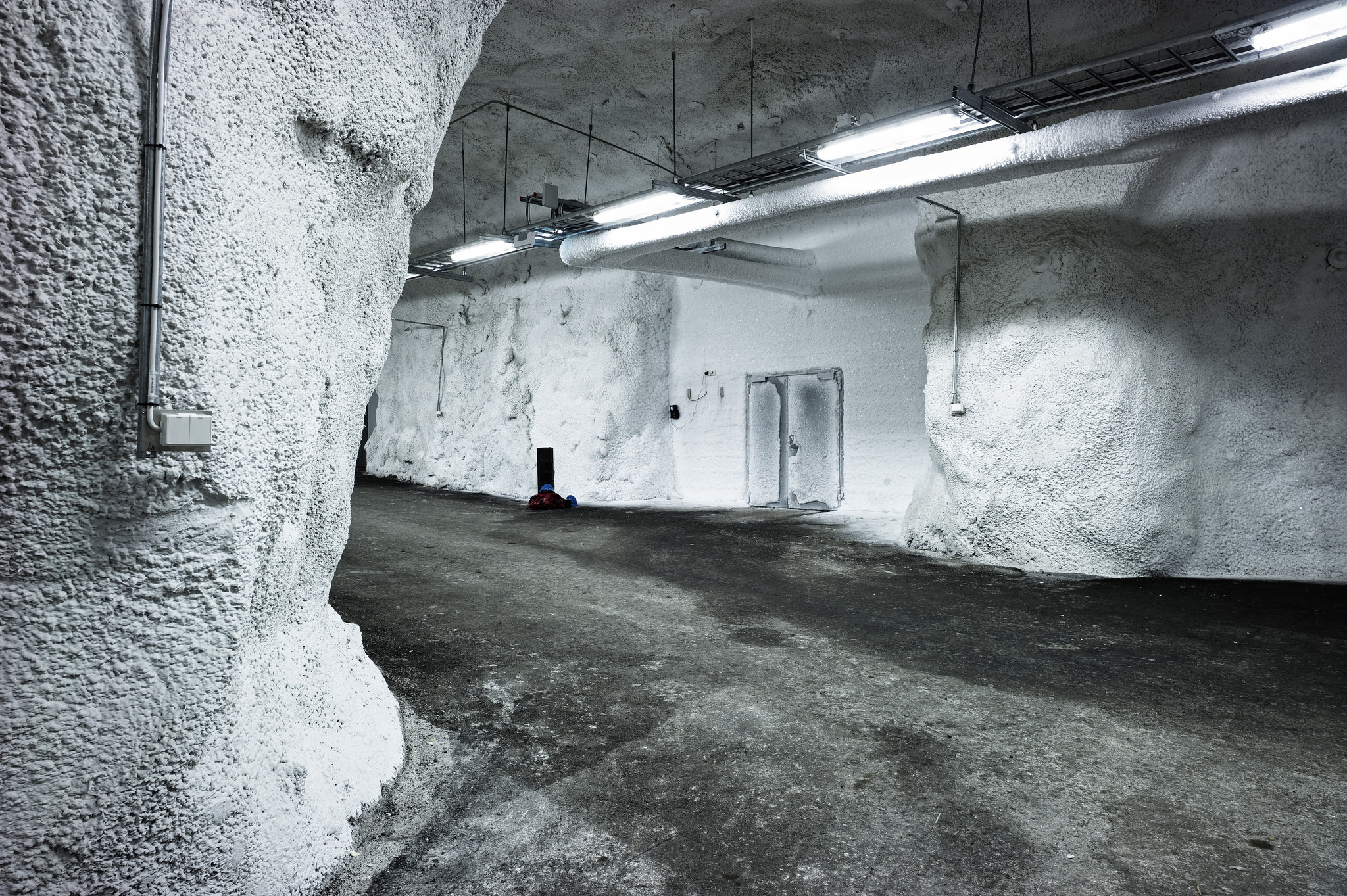
The remote island was first used as a whaling base in the 17th and 18th centuries, after which it was abandoned until coal mining started in the 19th century, which still powers the vault’s cooling system. At 130 meters above sea level, even if the ice caps melt the site would keep dry and even if the equipment failed, there would still be time, at least several weeks, before the facility’s temperature rose to the surrounding temperature of –3 degrees Celsius.
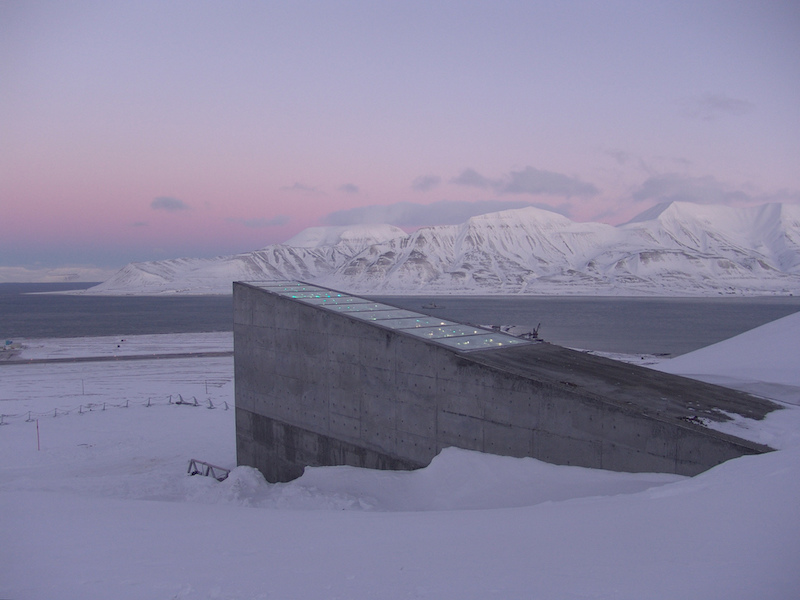
What makes this place even more ideal for an apocalyptic getaway plan, is that under international treaty, military activity is forbidden there. Svalbard, Norway is also currently the only visa-free zone in the world. Regardless of citizenship, anyone can live and work there indefinitely. Plus they have beer and weed.
All photos unless indicated (c) Svalbard’s Flickr Page
Looking for more arctic circle tips? Become a MessyNessy Keyholder to gain access to our Svalbard Archipelago travel tips and a direct line to our Keyholder Travel Concierge to plan your perfect trip.


